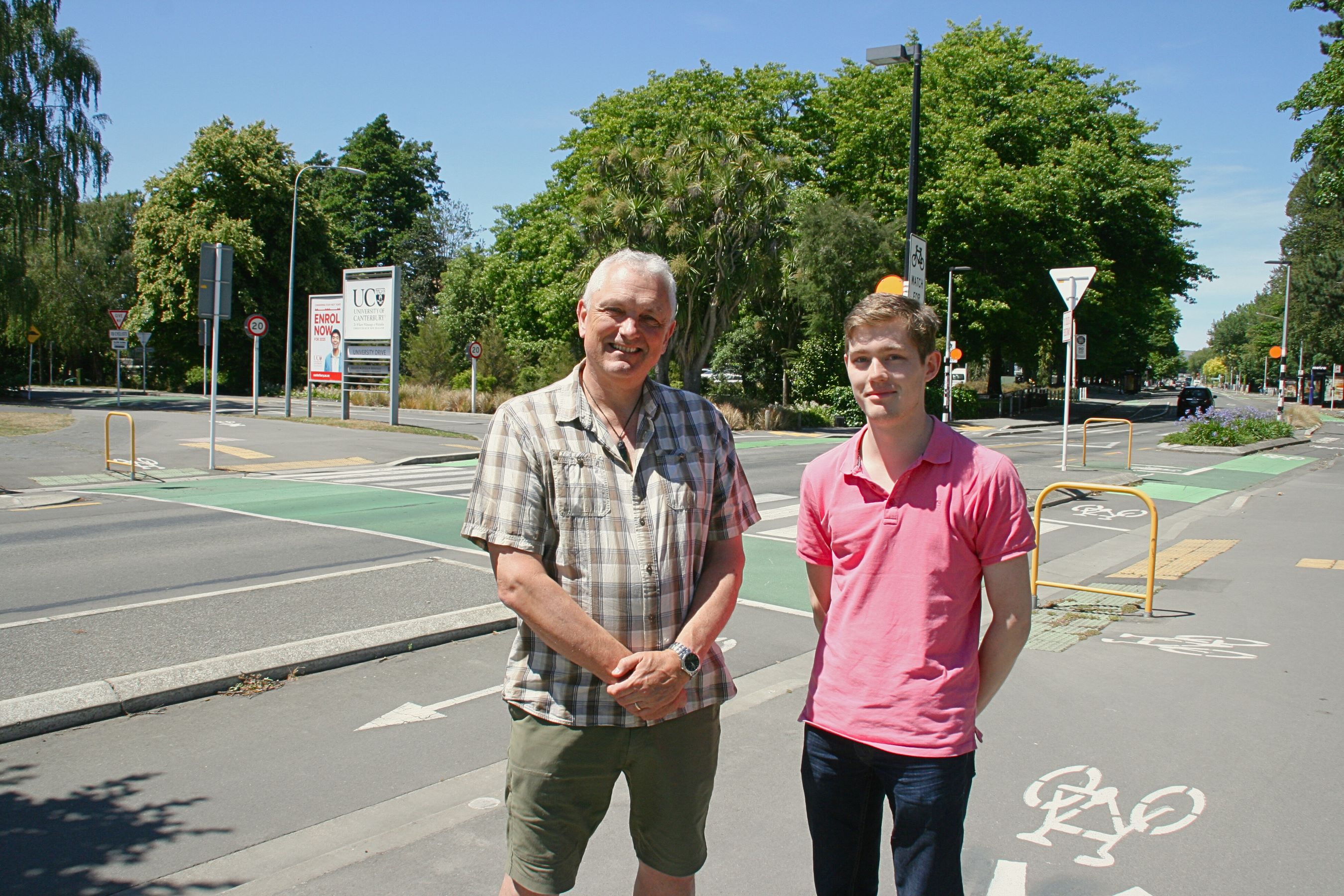Human-Robot Interaction – An Introduction, covers a wide range of topics, including the different communication modalities, such as speech, non-verbal communication and the processing of emotions, as well as ethical issues around the application of robots today and in the context of our future society.
An expert international consortium, including University of Canterbury (UC) researchers, has written the first textbook on Human-Robot Interaction to be published by Cambridge University Press in May 2020.
Researchers from the University of Canterbury (New Zealand), Ghent University (Belgium), Bielefeld University (Germany), Kyoto University (Japan) and Indiana University (United States) participated in a book sprint-writing workshop in New Zealand, organised through the Human Interface Technology Laboratory (HIT Lab NZ) at UC.
“Within five long days the first draft of Human-Robot Interaction was written,” says UC Associate Professor Christoph Bartneck of the HIT Lab NZ in UC’s College of Engineering. “It took another intensive year of international collaboration to complete the project to the highest academic standards.”
The textbook addresses how the role of robots in society keeps expanding and diversifying, bringing with it a host of issues surrounding the relationship between robots and humans. Students and researchers from robotics, artificial intelligence, psychology, sociology, and design will find it a concise and accessible guide to the current state of the field.
Written for students from diverse backgrounds, Human-Robot Interaction presents all the relevant background concepts, describing how robots work, how to design them, and how to evaluate their performance.
“The book has already attracted considerable international attention and a German edition will be published in June 2020 through the publisher Hanser. A Chinese edition is in preparation for later this year,” Assoc Prof Bartneck says.
Self-contained chapters discuss a wide range of topics, including the different communication modalities, such as speech, non-verbal communication and the processing of emotions, as well as ethical issues around the application of robots today and in the context of our future society.
Human-Robot Interaction – An Introduction features:
- Minimal prerequisites and modular presentation enables courses to be tailored to fit students with different backgrounds
- Discussion questions and relevant literature at the end of the chapter contribute to deeper conversations in and outside the classroom
- Over 90 colour illustrations showcase the history and most recent developments in Human-Robot Interaction
Christoph Bartneck is an associate professor and director of postgraduate studies at the HIT Lab NZ of the University of Canterbury. He has a background in Industrial Design and Human-Computer Interaction, and his projects and studies have been published in leading journals, newspapers, and conferences. His interests lie in the fields of Human-Computer Interaction, Science and Technology Studies, and Visual Design. More specifically, he focuses on the effect of anthropomorphism on human-robot interaction. He has worked for several international organisations including the Technology Centre of Hannover (Germany), LEGO (Denmark), Eagle River Interactive (USA), Philips Research (Netherlands), ATR (Japan), and The Eindhoven University of Technology (Netherlands).
Merel Keijsers is a PhD student at the HIT Lab NZ, University of Canterbury. She has a research masters in Statistics, and in Social and Health Psychology from the University of Utrecht. In her PhD, she studies what conscious and subconscious psychological processes drive people to abuse and bully robots. Having a background in social psychology, she is mainly interested in the similarities and differences in how people deal with robots versus other humans.
Human-Robot Interaction – An Introduction textbook by Christoph Bartneck, Tony Belpaeme, Friederike Eyssel, Takayuki Kanda, Merel Keijsers, Selma Šabanović. Cambridge University Press (2020). Available through major booksellers and as an ebook at https://www.human-robot-interaction.org. A 20% discount when ordered directly from the Cambridge University Press (http://www.cambridge.org/9781108735407) is available using the promo code HRI2020.











